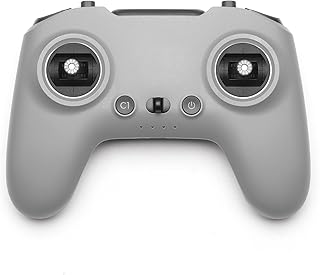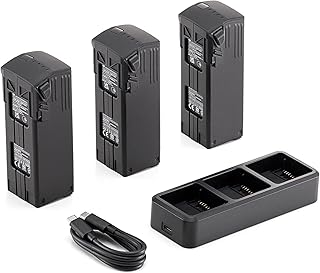INSYOO Drone for Search and Rescue Operations: A Comprehensive Analysis
While "INSYOO" isn't a recognized drone brand, this response will explore the potential of drones in search and rescue (SAR) operations using general knowledge and best practices.
Benefits of Drones in SAR:
* Enhanced Situational Awareness: Drones can quickly provide aerial views of disaster areas, helping rescue teams understand the terrain, locate victims, and assess the extent of damage.
* Rapid Deployment: Drones are highly mobile and can be deployed quickly to remote or difficult-to-access areas, reaching victims faster than traditional methods.
* Increased Safety: Drones allow rescue teams to survey dangerous areas without putting personnel at risk, minimizing potential casualties.
* Cost-Effectiveness: Compared to helicopters or other traditional aerial platforms, drones are more cost-effective and require less manpower.
* Versatile Capabilities: Drones can be equipped with a variety of sensors and payloads, including:
* Cameras: High-resolution cameras for capturing images and video footage.
* Thermal Imaging: Detect heat signatures, allowing rescue teams to locate survivors in the dark or amidst debris.
* LiDAR: Create 3D maps of the terrain, aiding navigation and search efforts.
* Two-way Communication: Relay communication between rescue teams and victims.
* Payload Delivery: Drop essential supplies like medical kits or water.
INSYOO Drone (Hypothetical):
To effectively analyze the hypothetical INSYOO drone for SAR, we need more information. We'd need to know:
* Drone specifications: Size, weight, flight time, range, payload capacity, etc.
* Sensor and payload options: What capabilities are offered for search and rescue tasks?
* Software and control systems: How user-friendly and intuitive is the drone's interface?
* Data analysis and integration: How effectively can the drone's data be used by rescue teams?
Challenges and Considerations:
* Regulation and airspace restrictions: Operating drones in SAR scenarios may be subject to strict regulations and airspace restrictions.
* Weather conditions: Wind, rain, fog, and other weather events can severely impact drone operations.
* Battery life and range limitations: Drones have limited flight time and range, necessitating careful planning and logistics.
* Privacy concerns: Using drones for SAR may raise privacy concerns, requiring careful consideration of data collection and dissemination.
* Training and expertise: Operators need proper training to handle and operate drones effectively in SAR scenarios.
Conclusion:
Drones offer significant potential for enhancing search and rescue operations, improving safety, and saving lives. While the "INSYOO" drone is hypothetical, its capabilities and effectiveness will depend on its specific specifications, functionalities, and the expertise of its operators. By carefully considering the challenges and limitations, drones can be valuable tools in the arsenal of SAR teams.
Recommendations for Further Research:
* Investigate existing SAR drone technologies and successful case studies.
* Analyze the regulatory landscape for drone operation in SAR scenarios.
* Develop strategies for overcoming challenges related to weather, battery life, and privacy.
* Evaluate the effectiveness of different drone sensors and payloads for SAR applications.
This information should help you understand the potential of drones in SAR operations and how to evaluate a specific drone like the hypothetical INSYOO.


